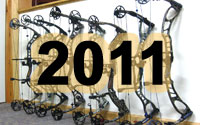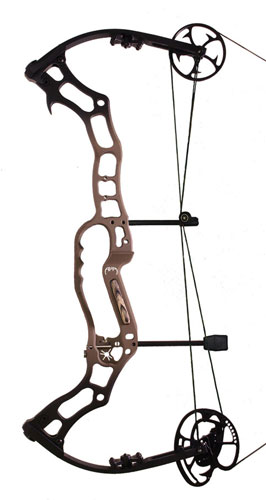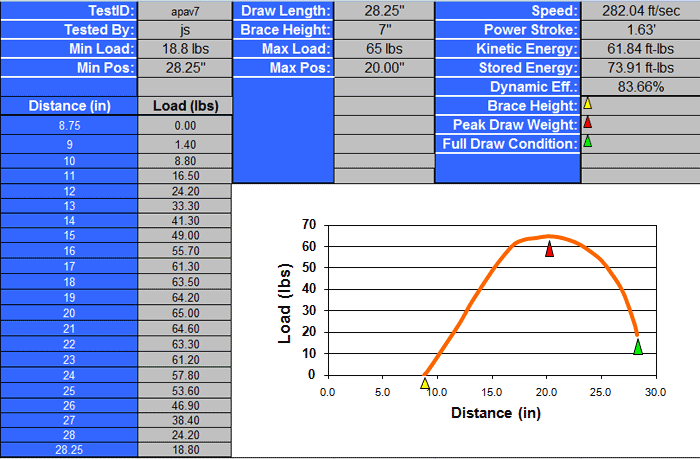APA Viper V7
Personal Commentary by Jon Silks about the APA Viper V7:
I like this bow. The features are cool and mostly useful. I have even had the occasion to use the Fang and the nock wrench in the shop. This bow performed well and cracked the top 4 in 3 of the 4 subjective categories, which is impressive. Unfortunately it was dead last in speed and that took it out of the running when the speed and subjective scores were combined. The grip was comfortable at full draw where it counts.
|
|
||||||||||||||||
Using the Above Table: Kinetic Energy: (in foot-pounds)
This is the energy that actually goes into propelling the arrow. Basically it is the energy that is left over from the stored energy after all of the bow system friction is accounted for. Using The Above Graph: The area under the graph signifies the amount of energy stored by the system from brace height to full draw (power stroke). The shape of the curve is generated by a plot of draw weight in pounds against draw length in inches and gives an indication of how the bow will feel when drawn. The more rounded the curve the more "smooth" the feel of the draw cycle, however, if the curve is "squared-off" it will likely feel more aggressive. The trade off comes in performance, as the more aggressive curve is generally indicative of more stored energy and more speed.
|
|||||||||||||||||





